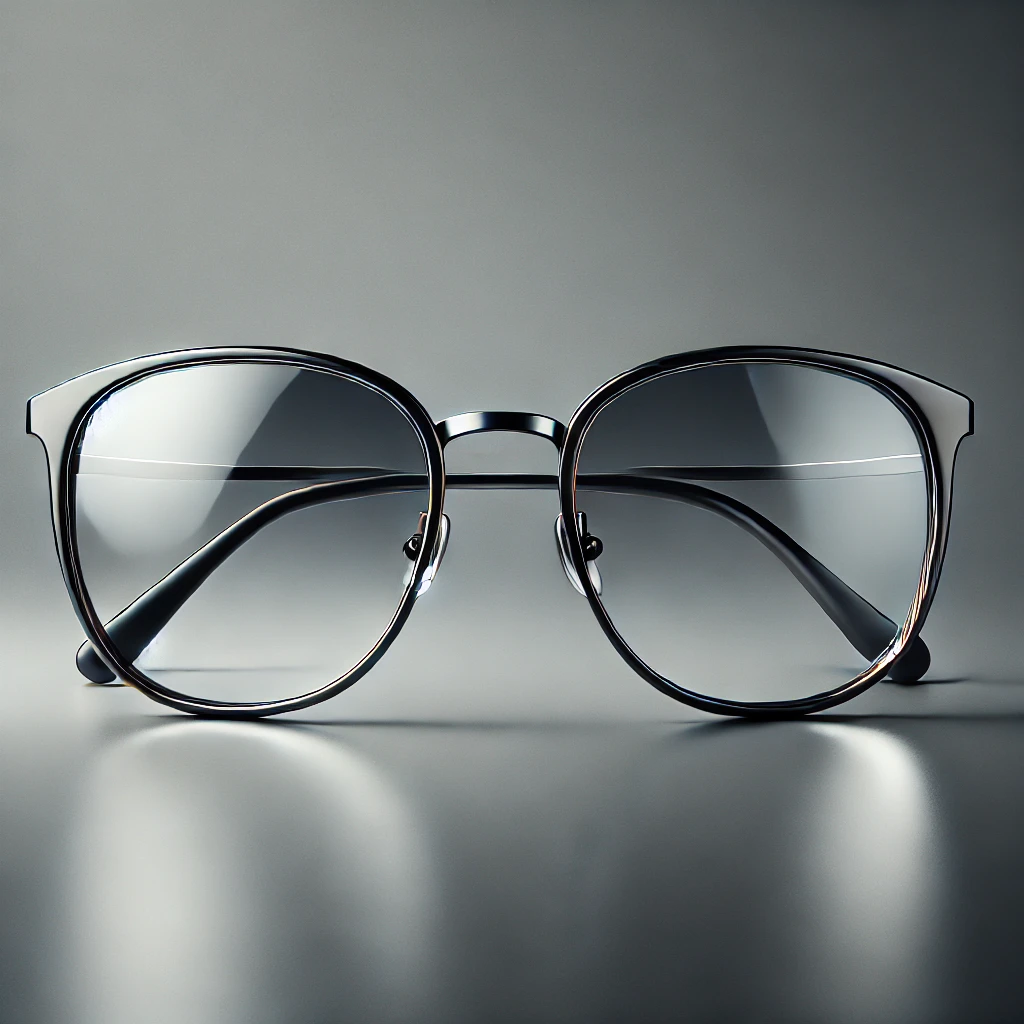
Most of us don’t consider getting an eye exam until we think we need new glasses or maybe when we think we need glasses for the first time. But that’s not the only reason we should be visiting the eye doctor. For adults, maintaining eye health becomes increasingly important as we get older. Vision changes are a natural part of aging and many serious eye conditions can be managed or even prevented with regular care. Conditions such as cataracts, glaucoma, macular degeneration, and diabetic retinopathy can be discovered during routine exams. Additionally, there are rarer eye conditions that can be detected, such as ocular cancers, that may not be symptomatic initially but can lead to vision loss and can even be fatal.
Timely diagnosis and treatment of eye diseases are crucial to preserving sight and overall quality of life. Your eye exam is about far more than just a new pair of glasses.
This issue will cover major eye diseases affecting adults, the symptoms, available treatments, and complications of late diagnoses.
Cataracts
A cataract is a clouding of the eye’s natural lens, leading to blurry or diminished vision. Cataracts are one of the most common causes of vision loss in older adults.
Symptoms:
- Blurred or cloudy vision
- Difficulty seeing at night
- Sensitivity to light and glare
- Seeing halos around lights
- Fading or yellowing of colors
- Double vision in one eye
Treatment:
In the early stages, stronger lighting and prescription glasses may help. However, the only definitive treatment is cataract surgery, where the cloudy lens is replaced with an artificial intraocular lens (IOL). Cataract surgery is one of the safest and most effective procedures available.
Complications of Late Diagnosis:
Delaying treatment can lead to significant vision impairment, increasing the risk of falls, depression, and loss of independence. In advanced cases, cataracts can cause complete blindness.
Glaucoma
Glaucoma is a group of diseases that damage the optic nerve, often due to high intraocular pressure. Open-angle glaucoma is the most common form. It typically develops slowly without noticeable symptoms. Angle-closure glaucoma appears more suddenly and generally involves severe eye pain. Glaucoma is a leading cause of blindness worldwide and often develops without noticeable symptoms until significant vision loss occurs.
Symptoms:
- Gradual loss of peripheral vision (in open-angle glaucoma)
- Sudden, severe eye pain (in angle-closure glaucoma)
- Blurred vision
- Halos around lights
- Nausea and vomiting (in acute cases)
Treatment:
Glaucoma cannot be cured, but it can be managed with:
- Prescription eye drops to reduce intraocular pressure
- Laser therapy to improve fluid drainage
- Surgery in severe cases
Complications of Late Diagnosis:
Glaucoma-related vision loss is irreversible. Without timely intervention, glaucoma can lead to tunnel vision and complete blindness.
Age-Related Macular Degeneration (AMD)
Macular degeneration, or age-related macular degeneration (AMD), primarily affects the macula, the central part of the retina responsible for sharp, central vision. There are two main forms of AMD: dry (non-neovascular) and wet (neovascular). Dry AMD is more common and progresses slowly, while wet AMD is less common but more severe and leads to rapid vision loss.
Symptoms:
- Blurred or distorted central vision
- Difficulty reading or recognizing faces
- Straight lines appearing wavy
- Need for brighter light when reading
- Dark or empty areas in the center of vision
Treatment:
There is no cure for AMD, but treatment options include:
- Injections to slow the progression of wet AMD
- Laser therapy in some cases
- Lifestyle changes, including a diet rich in leafy greens, omega-3 fatty acids, and antioxidant supplements
Complications of Late Diagnosis:
Without early treatment, AMD can progress to severe vision loss, making everyday activities like reading and driving difficult.
Diabetic Retinopathy
This condition occurs in people with diabetes when high blood sugar damages the blood vessels in the retina. In early stages it is not symptomatic, but it can lead to blindness if untreated.
Symptoms:
- Floaters or dark spots in vision
- Blurry vision
- Difficulty seeing colors
- Vision loss in advanced cases
Treatment:
- Better blood sugar control to slow progression
- Injections to prevent spread
- Laser treatment to seal leaking blood vessels
- Surgery for severe cases
Complications of Late Diagnosis:
Delaying treatment can result in retinal detachment, complete vision loss, and an increased risk of other eye diseases.
Cancers of the Eye
Although rare, cancers such as ocular melanoma can develop in the eye. This is a diverse group of malignancies that can affect different parts of the eye and its surrounding structures. They can originate within the eye or can spread to the eye from other parts of the body. They can be aggressive and vision threatening requiring prompt diagnosis and treatment.
Symptoms vary depending on the type and location of the cancer and can include many of the same symptoms as other eye diseases. Prognosis and treatment depend on the type of cancer and stage at the time of diagnosis. Treatment can include surgery, radiation therapy, laser therapy, chemotherapy and targeted immunotherapy. Early diagnosis is critical.
The Importance of Regular Eye Examinations
The American Academy of Ophthalmology recommends that adults over 65 have a comprehensive eye exam at least once a year, even if they have no noticeable vision problems. Those with conditions like diabetes, glaucoma, or AMD may need more frequent exams.
Maintaining Good Eye Health
- Eat a Vision-Friendly Diet: Foods rich in vitamin A, C, E, zinc, and omega-3 fatty acids help protect eyesight.
- Control Chronic Conditions: Managing diabetes and high blood pressure reduces the risk of eye complications.
- Protect Your Eyes: Wear sunglasses with UV protection and blue light filtering when using digital screens.
- Quit Smoking: Smoking significantly increases the risk of AMD, cataracts, and other eye diseases.
- Stay Active: Regular exercise improves circulation and overall eye health.
- Use Proper Lighting: Ensure good lighting at home to prevent strain and falls.
- Follow Medication Instructions: Use prescribed eye drops and medications consistently to manage conditions like glaucoma.
Prioritizing Eye Health for a Better Quality of Life
Vision loss can significantly impact independence, mobility, and mental well-being. The key to maintaining good eye health is early detection and timely treatment. By scheduling regular eye exams and adopting healthy habits, you can preserve your vision and enjoy a higher quality of life.
If you’re haven’t had an eye exam in the past year, now is the time to schedule one. It’s about more than just a new pair of glasses. Protecting your eyesight today can ensure a clearer, brighter tomorrow.


Leave a Reply